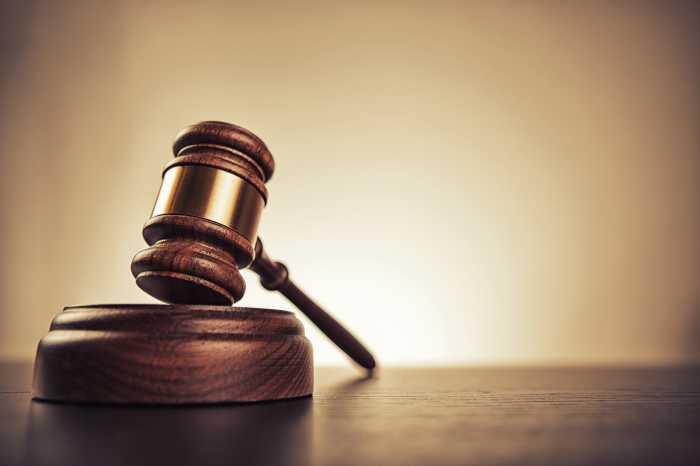BY John Bayles
Director of the National Institute for Occupational Safety and Health (NIOSH) Dr. John Howard sat for six hours and listened. Much of what he heard was not new. But his eyes were fixed on every speaker as if it were the first time he had seen them, as if it was the first time he had heard their stories.
A young man, limping to the podium in a conference room on the sixth floor of the Javits Federal Building last Thursday told how he was once healthy, how he toiled at Ground Zero for days after 9/11 and then how, five years later, his body began to fail and how he developed cancer. Speaker after speaker, story after story and Dr. Howard sat and listened.
On Thursday, the public was able to voice opinions, concerns and ideas about the recently passed James Zadroga 9/11 Health and Compensation Act, specifically on the portion of the bill known as the W.T.C. Health Program, the part of the bill that lays out in detail the diseases and conditions that are recognized in the legislation.
It was a reunion of sorts for many of the speakers. Dr. Howard was a familiar face. In the immediate aftermath of the attacks, Dr. Howard was appointed as the first federal W.T.C. Health Coordinator in 2006. He met with family members and residents and gained the community’s trust. That is perhaps why numerous speakers thanked him and also suggested he be appointed the W.T.C. Medical Program Administrator to run the program which, under the Zadroga legislation, will be established within the Department of Health and Human Services beginning July 1.
One disease, however, came up in testimony after testimony delivered by first responders, attorneys, pharmacists and residents alike: cancer.
“The addition of cancer to the list of approved diseases needs to expedited, especially those cancers that are most strongly correlated to environmental exposure through the inhalation, ingestion and other exposure to carcinogens,” said Catherine McVay Hughes, vice chair of Community Board 1.
One person who testified was Dr. Margaret Dessau, a certified pulmonologist and Tribeca resident who lost her husband in May 2009. He had been diagnosed with stage four lung cancer in February of that year and passed away four months later. He was a non-smoker and there was no history of cancer in his family. The two lived on Greenwich Street, one block south of Pier 26, where the toxic debris from Ground Zero was being stored after the attack.
Dr. Dessau said she appeared last Thursday for two reasons.
“I felt it was my obligation as a physician,” said Dr. Dessau. “I felt like this was a shortcoming of the medical profession and I’m personally involved in it too. I’m at risk. And I also felt an obligation to my husband, so his death would not be in vain.”
As a pulmonologist, Dr. Dessau said she understood the fact that diseases such as cancer and kidney disease take a long time to develop. And she acknowledged that there was a missed opportunity in the immediate aftermath of the 9/11 attacks, namely because there was little outreach to residents to make them aware of the risks. Less than ten percent of residents enrolled in the 9/11 Health Registry.
“Everyone at risk in this neighborhood should have gotten questionnaires in the mail annually,” said Dr. Dessau. “There was no outreach for residents. There was for first responders, but nothing for residents in the area.”
For Dr. Dessau, as well as many of the numerous other speakers on Thursday, the major concern moving forward was acknowledging the connection between the attacks of 9/11 and the onset of cancer. According to one speaker, there were roughly 500,000 light fixtures in the two towers that contained Mercury, a known carcinogen.
“We know from Hiroshima, from the toxic spill at Chernobyl, that you have to do a study,” said Dr. Dessau. “This was a horrible incident. We might as well learn from it.”

































